I have a large, 'regular' garden, however I've found I have better results with some plants in containers. So I thought I'd post my experiences with this.
I live at 7,000 feet altitude, with a 90-100 day frost free growing season. Night time temperatures are at their highest now, about 50 - 55 F, day time temps in the 80's, low 90's, but most of June is 40's, low 80's. What this means is that the soil temperatures don't warm up until mid july. So its a challenge for warm weather plants. I'm trying to take advantage of a microclimate on the west side of the buildings where it gets pretty darn hot every afternoon. The best way seems to be containers. I drag these out doors the first week of June.
The economics of it all. These containers are a combo of $4.00 Walmart wonders, old nursery tree pots, and a few fancy wicking ones from Johnny's. Most are well over 10 years old. I do see some UV deterioration, I've had to toss few over the years. In the front of the array are some 4' by 4' by 3' "window boxes" where I do basil, cilantro, herbs, one here has green onions, something I will not repeat. Not shown are 4 large tree pots where I have okra growing this year, 4-5 plants per pot, those are on another west side of a building.
I recycle the potting soil, year after year. In the early spring, I dump it all out on the concrete porch, smash the root mass, pull out the big bits, then add several bags of compost and a shovel or two of dried pond muck for the trace nutrients. What happens with the potting soil is the organic matter, usually peat, breaks down, leaving the structural elements - the perlite, bits of sand and gravel, etc. intact. Mix it all up again, shovel it all back into the containers and off we go.
In this picture, there are 6 pots with one eggplant each, the tall foliage in the left, behind a row of peppers, there are a dozen-so pots with 3 pepper plants in each. I've got another half dozen scattered about the place.
I fertilize them with a combo of Miracle Grow - use the acidic plant one for the peppers - and 'compost tea' made simply with a shovel of compost inna bucket, soak over night, then water them. I've only done that twice this season - seems to be enough.
For results - I'm picking my first eggplants today for lunch. I've already picked 2 dozen fully ripe 'Gypsy" peppers and the plants are all loaded - jalapeno, JImmy Nardano, a hot Hungarian something. With the egg plant, I'll pick 5-6 per plant. Peppers, I dunno yet, but its going to be at least 3-fold what those in the garden produce. These pepper plants are already twice the size of the garden ones, and they were the smaller plants to begin with. For the okra, out of 4 pots and 15 plants, I'm already picking handfuls every time i think to check.
The only real difficulty is in watering - too much, you drown the roots and stunt the plant. Not enough, the plants wilt and are stunted that way. So right now, I'm watering them all once every three days with about 3 qts each pot, and there are a few outliers on both extremes.
The same bug issues as the 'regular' garden apply - aphids, spider mites, etc, This year, I'm lucky and haven't had any problems worth noting.
I've tried cucumbers and tomatoes as well. Meh, not so great. Thats likely because of a poor choice in varieties, not the technique.
Theoretically, I can bring the pots indoors for the first few frosts and keep them going. I usually don't bother because by that time, I'm overwhelmed with produce from the regular garden and getting tired of the whole thing. The exception is basil, oregano, and rosemary, which I'll save and nibble on over the winter.
Anyway, its kind of fun if you have the time and patience. If you recycle the potting soil, it is economical over the course of a few years - it wouldn't be if you replaced the soil every time. And you can produce significant amounts of stuff in a relatively small, micro-climate space.
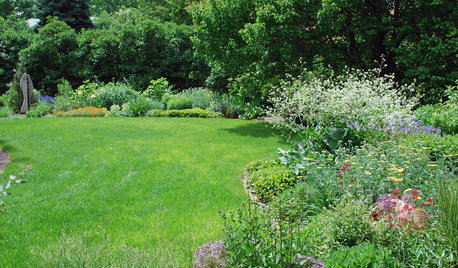
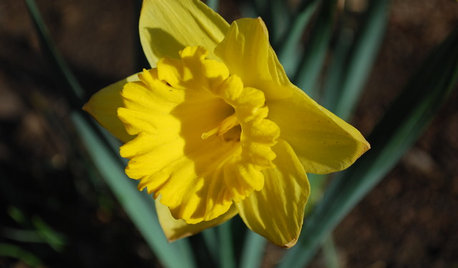
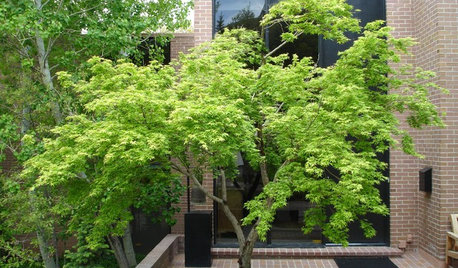
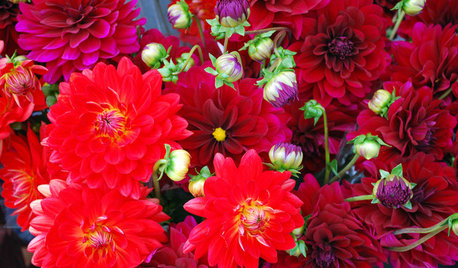
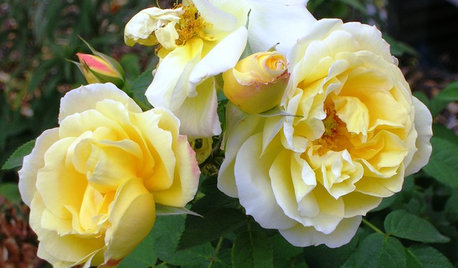

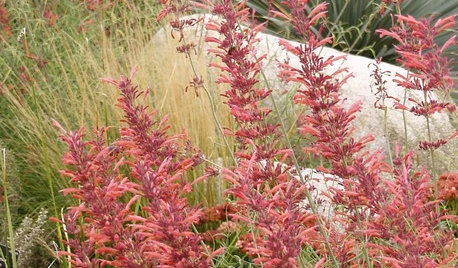
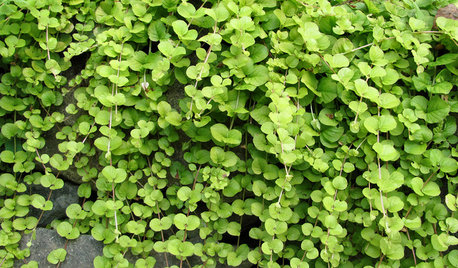
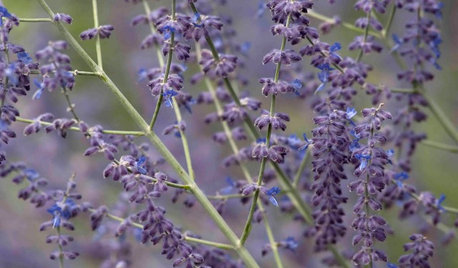
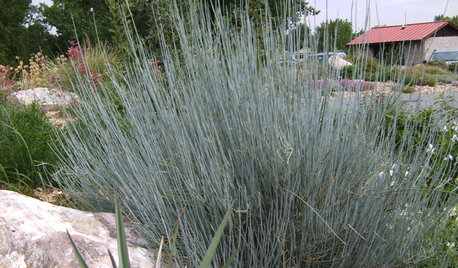





highalttransplant
david52 Zone 6Original Author
Related Discussions
start planning NOW... how will you protect your garden next week?
Q
Good roses for high altitude Rocky Mountains climate
Q
My Stupidest Garden Mistake - or - We Were Once All Newbies
Q
Favourite garden region ?
Q
Dan _Staley (5b Sunset 2B AHS 7)
digit
elkwc
kvenkat
tommysmommy
david52 Zone 6Original Author
elkwc
elkwc